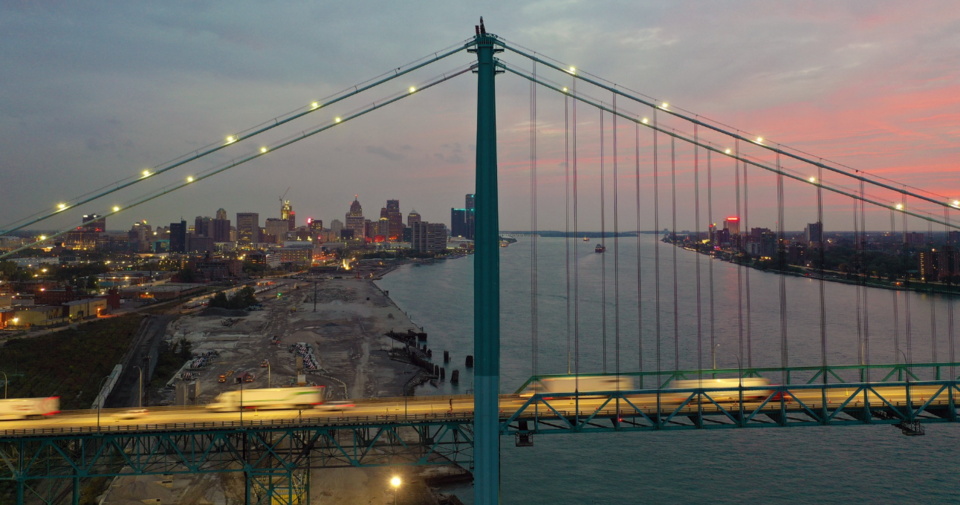Ontario’s manufacturing base, particularly in southwestern Ontario, is expected to be hit the hardest by the impact of U.S. tariffs, according to a new report released by the Financial Accountability Office of Ontario (FAO).
As U.S. tariffs reduce demand for Ontario’s exports, expect a “modest recession” to occur as Ontario’s real GDP growth is projected to be 0.6 per cent this year, less than half the 1.7 per cent growth that was expected in a no-tariff environment.
Come 2026, as Ontario adjusts to tariffs, real GDP growth will be 1.2 per cent, compared to 1.9 per cent with a no-tariff outlook.
The FAO report analyzes the impact of tariffs based on Canadian and U.S. trade actions as of April 17, including U.S. tariffs on steel, aluminum, automobiles and automobile parts and corresponding Canadian retaliatory tariffs.
The U.S. accounts for 77 per cent of the province’s goods exported and 60 per cent of its services exported in 2024, which impacts one in every nine jobs in Ontario.
Ontario’s manufacturing sector is particularly reliant on U.S. trade, with 40 per cent of its production exported to the U.S.
The FAO forecasts the impact of U.S. tariffs on Ontario’s economy will result in 119,200 fewer jobs in Ontario in 2026, including 57,700 fewer jobs in manufacturing next year. All the related supply chain sectors would be also be affected in areas such as trade and transport, and professional services.
The motor vehicle industry is the most integrated with the U.S., shipping 80 per cent of its output to the U.S., following by vehicle parts (51 per cent), machinery and electronics (45 per cent), chemical and petroleum (32 per cent), primary metals of steel and aluminum manufacturing (25 per cents) and food and beverage (19 per cent).
Southwestern Ontario cities, those communities more exposed to export-focused manufacturing would be the most impacted.
Windsor would be the most impacted with employment down 1.6 per cent in 2026 compared to a no-tariff scenario, followed by Guelph, Brantford, Kitchener-Cambridge-Waterloo and London. Employment would be down 0.9 per cent in Sudbury and 0.8 per cent in Thunder Bay.




